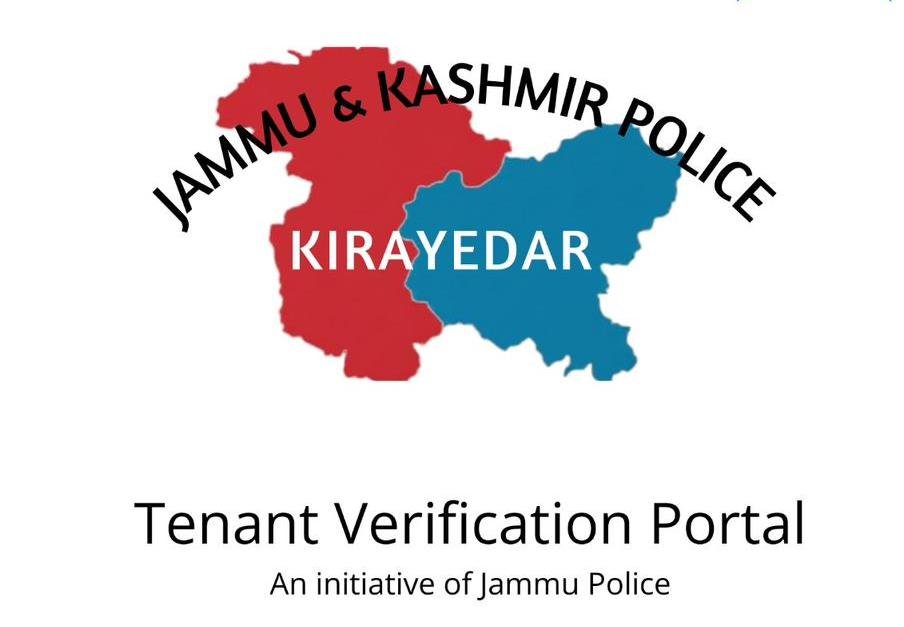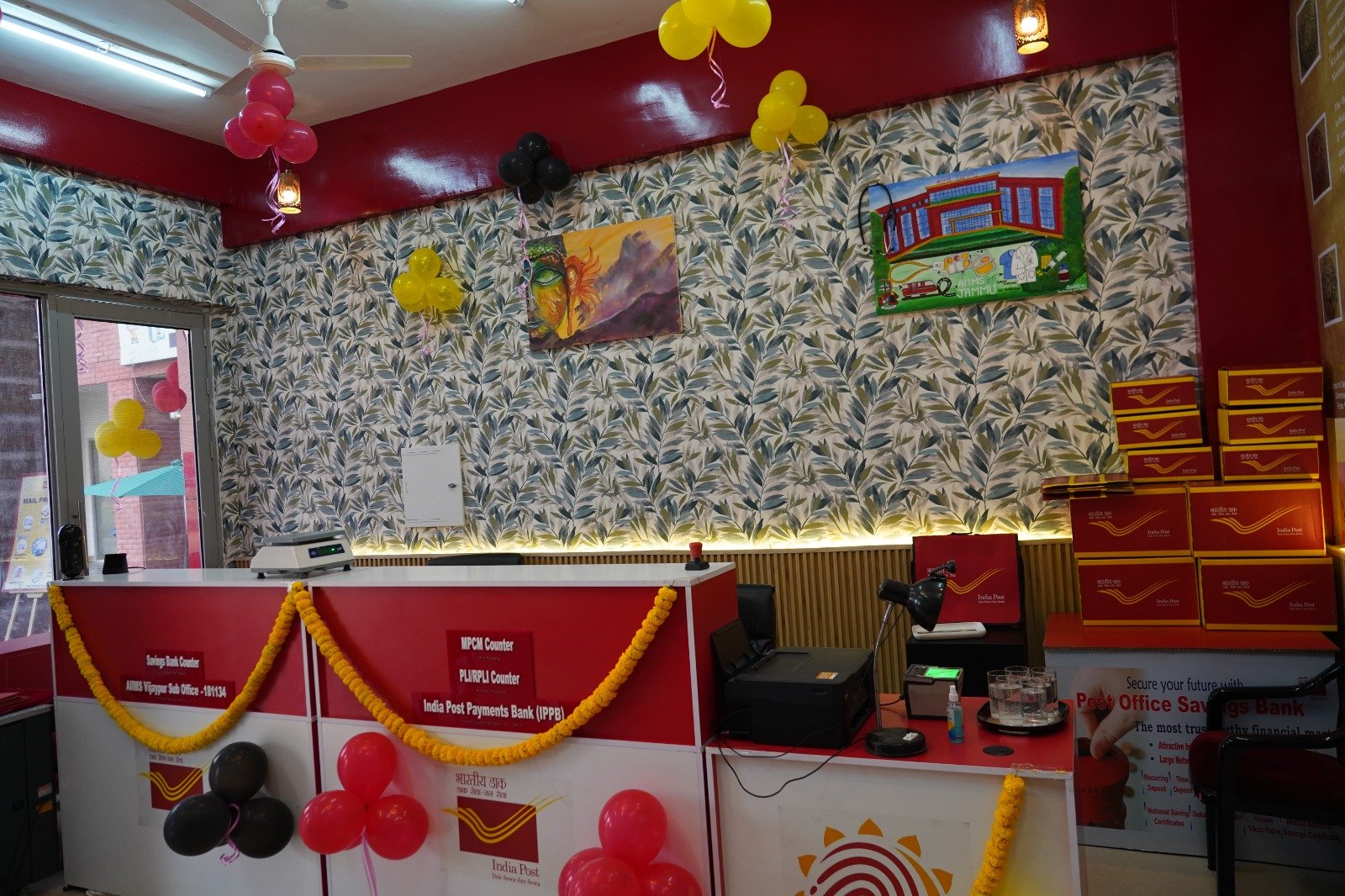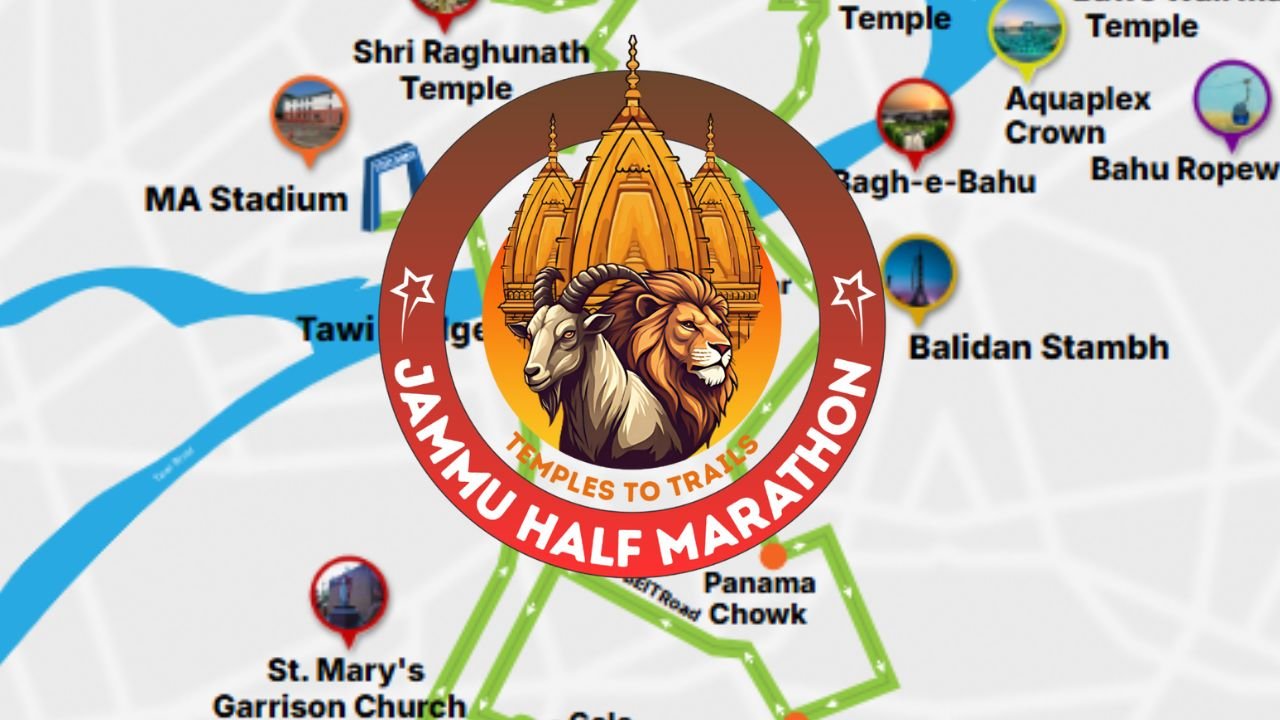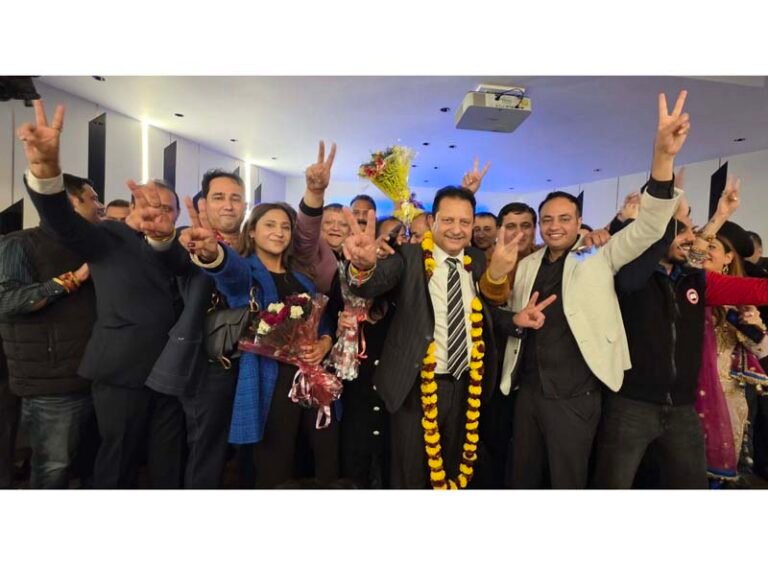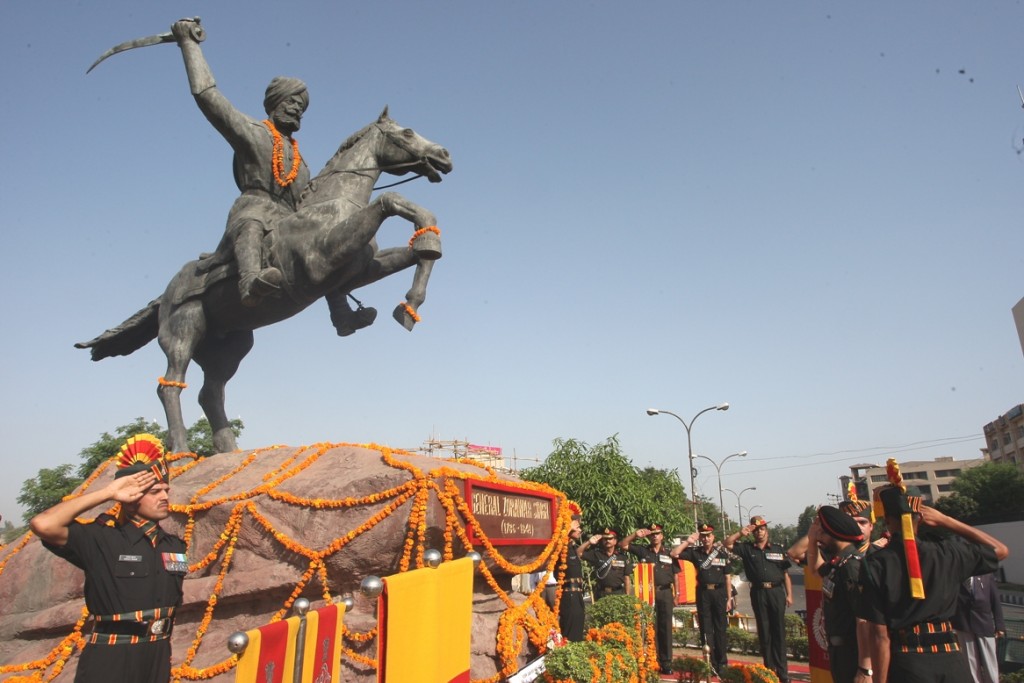Amar Mahal, a picturesque palace standing tall on the banks of the River Tawi in Jammu, holds within its walls a rich tapestry of Dogra history. From French-inspired architecture to royal disagreements and a transformative journey into a museum, here are 8 fascinating things to know about this regal marvel.
1. French Elegance on the Tawi: Amar Mahal’s Unique Design In 1862, a French architect envisioned Amar Mahal as a French Chateau, a departure from traditional Indian palatial architecture. This unique design adds a touch of European elegance to the Jammu skyline, overlooking the serene flow of the River Tawi.
2. A Delayed Dream: Construction Begins in the 1890s The vision of Amar Mahal was sketched in 1862, yet its construction did not commence until the 1890s. Maharaja Amar Singh, Vice President of the State Council of Jammu & Kashmir, undertook the ambitious project that would become his legacy.
3. Royal Handover: Hari Singh and the Unfinished Symphony Maharaja Amar Singh’s untimely demise in 1908 cast a shadow over Amar Mahal, but his successor, Maharaja Hari Singh, picked up the mantle. However, creative differences led to a dramatic decision – the firing of the French architect, leaving the palace incomplete.
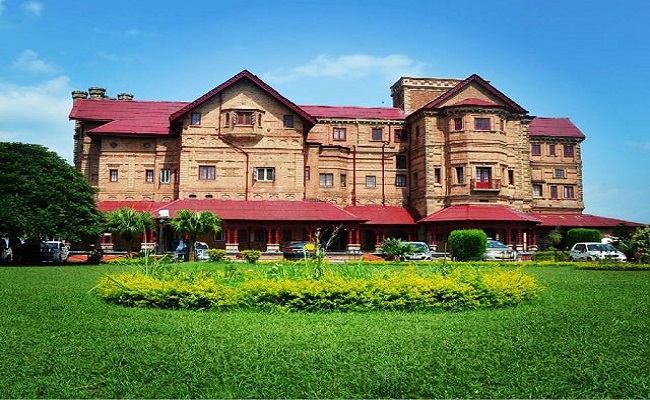
4. A Private Retreat: Maharaja Hari Singh’s Personal Palace Amar Mahal served as the private residence of Maharaja Hari Singh, deviating from the conventional use of palaces for official functions. Explore the intimate spaces that echo with the stories of a royal family’s private moments.
5. Sketch to Reality: The Transformation into a Museum In 1967, after the death of Maharani Tara Devi, her son Dr. Karan Singh and his wife Mrs. Yasho Rajya Lakshmi transformed Amar Mahal into a museum. The sketches from 1862 finally found their purpose, showcasing a blend of French and Indian culture.
Also Read: Interesting Facts About Vaishno Devi Shrine
6. A Historic Inauguration: Mrs. Indira Gandhi Unveils the Museum On April 13, 1975, then Prime Minister of India, Mrs. Indira Gandhi, inaugurated the museum within Amar Mahal. This marked a significant step in the preservation of rare art and literature, showcasing India’s cultural richness.
7. The Birth of Hari Tara Charitable Trust: Preserving Heritage In honor of his parents, Dr. Karan Singh and his wife transferred the regal property to a trust named Hari Tara Charitable Trust. This act marked a commitment to preserving not just a palace but a cultural legacy.
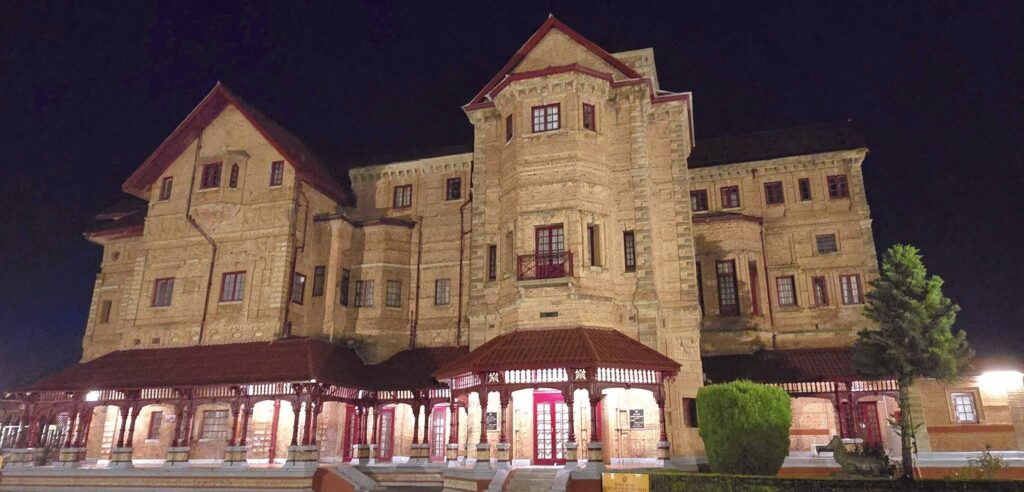
8. Cultural Collaboration: Promoting Indian Art and Literature The establishment of the museum under the trust aimed at collaborating with fine arts institutions for the promotion of Indian art and culture. Amar Mahal became a hub for preserving and celebrating the diverse forms of India’s artistic expressions.
Amar Mahal Museum, Jammu – Ticket Price & Timings
The museum timings vary from season to season. From April- September time, the museum is open from 9 AM to 1 PM and 2 PM to 6 PM. From October to March, the timings are 9 AM to 1 PM and 2 PM to 5 PM. Do not forget to get a look at the Tawi River from the spot.
In Amar Mahal Museum you can see the golden sofa used by the Dogra rulers. It weighs 120 kg and is made of pure gold. Golden lions are carved on the corners of the sofa and are displayed in a hexagonal room inside a glass case. The museum also has several miniature paintings and a library with over 25,000 books. Portraits of the royal family members are also displayed in the palace rooms.
Read also: Exploring Jammu: Best Jammu Tourist Places To Visit
The art collection here is also quite impressive, with paintings of M F Hussain and Laxman Pai on display, among other famous Indian contemporary painters. Another interesting aspect is the Pahari Paintings displayed here, depicting tales from the Mahabharata and other folklore, especially those of Nal Damyanti. The museum also organises heritage walks around the complex to give detailed insights into the history of Jammu and surrounding cities.
Ticket Price : Rs.5 for Children, Rs.10 for Adults,Rs 50 for Foreigners.
Click Below Map to Reach Amar Mahal Palace in Jammu
Amar Mahal stands as a living testament to the union of French elegance and Indian royalty in Jammu. From disagreements that halted its construction to a transformation into a cultural haven, this palace continues to weave tales of art, history, and a legacy that transcends time.
Source: https://en.wikipedia.org/wiki/Amar_Mahal_Palace



